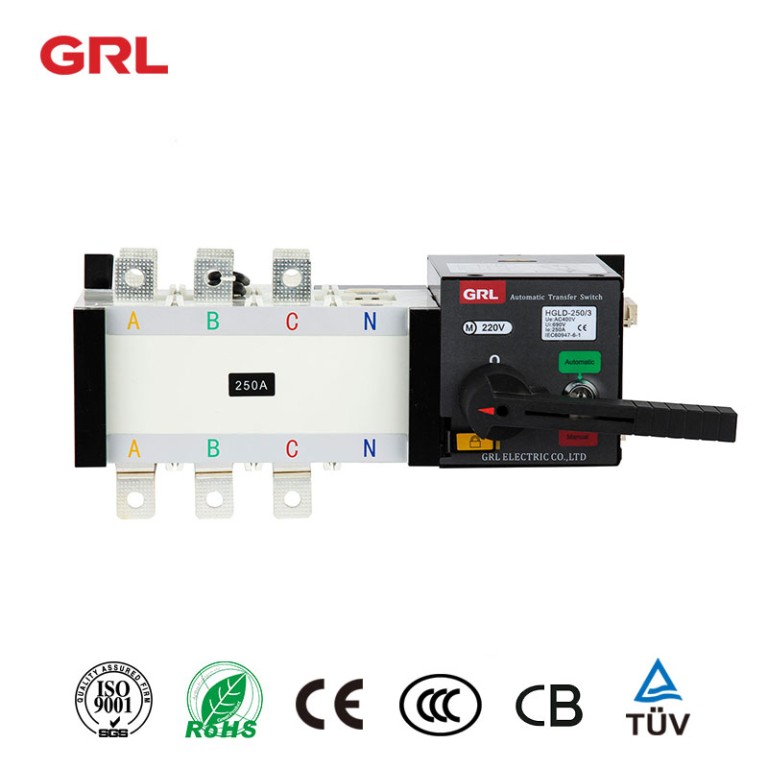
# Automatic Transfer Switch: Essential for Uninterrupted Power Supply
## What is an Automatic Transfer Switch?
An Automatic Transfer Switch (ATS) is a critical component in power management systems that ensures seamless transition between primary and backup power sources. These devices automatically detect power outages and switch to an alternative power supply, such as a generator or battery backup, without any manual intervention.
## How Does an ATS Work?
The operation of an automatic transfer switch follows a straightforward yet efficient process:
– Continuous monitoring of the primary power source
– Immediate detection of power failure or voltage irregularities
– Automatic disconnection from the primary source
– Swift connection to the backup power supply
– Continuous monitoring for restoration of primary power
– Automatic transfer back to primary power when stable
## Key Benefits of Automatic Transfer Switches
### 1. Uninterrupted Power Supply
The primary advantage of an ATS is its ability to maintain continuous power to critical systems. This is particularly important for:
– Hospitals and healthcare facilities
– Data centers and IT infrastructure
– Industrial manufacturing plants
– Emergency services and security systems
### 2. Enhanced Safety
Automatic transfer switches prevent dangerous situations by:
– Eliminating the need for manual switching during outages
– Preventing backfeeding into utility lines
– Ensuring proper isolation between power sources
### 3. Improved Efficiency
Modern ATS units offer:
– Faster switching times (often less than 100 milliseconds)
Keyword: Automatic Transfer Switch
– Intelligent load management capabilities
– Remote monitoring and control options
## Types of Automatic Transfer Switches
### 1. Open Transition ATS
Also known as “break-before-make,” this type briefly interrupts power during transfer, suitable for most non-critical applications.
### 2. Closed Transition ATS
A “make-before-break” design that maintains continuous power, ideal for sensitive equipment.
### 3. Soft Load Transfer ATS
Gradually transfers load to minimize mechanical stress on generators and electrical systems.
## Choosing the Right ATS for Your Needs
When selecting an automatic transfer switch, consider these factors:
– Power requirements (voltage and amperage)
– Number of phases (single or three-phase)
– Transfer time requirements
– Environmental conditions
– Compliance with local electrical codes
## Maintenance and Testing
To ensure reliable operation:
– Perform regular functional tests
– Keep contacts clean and properly lubricated
– Verify proper operation of control circuits
– Schedule professional inspections annually
## The Future of Automatic Transfer Technology
Emerging trends include:
– Integration with smart grid systems
– Advanced predictive maintenance capabilities
– Enhanced cybersecurity features
– Improved energy efficiency
Automatic transfer switches play a vital role in modern power distribution systems, providing the reliability and safety needed for critical operations across various industries. By understanding their function and benefits, facility managers can make informed decisions to protect their equipment and maintain business continuity during power interruptions.